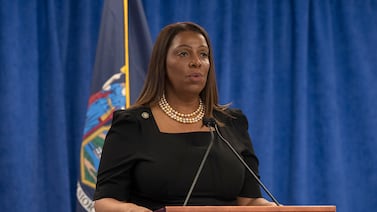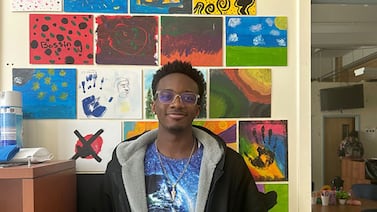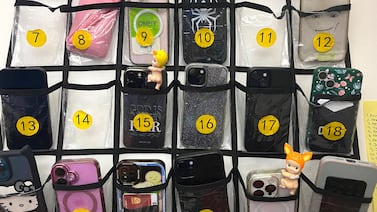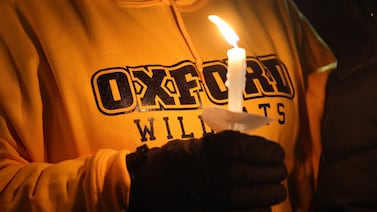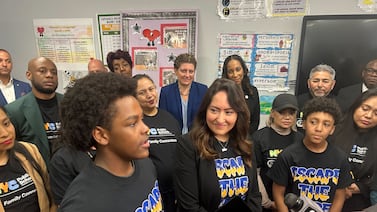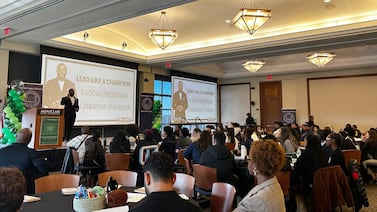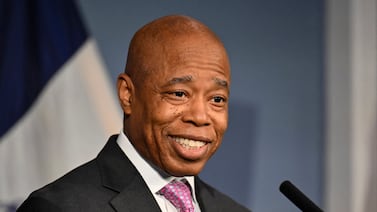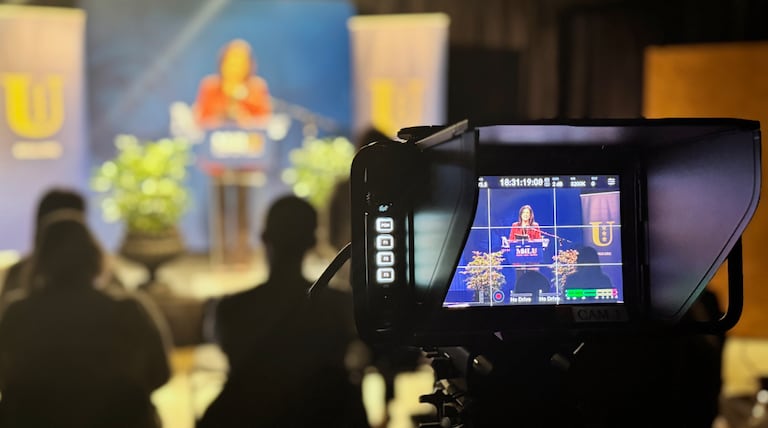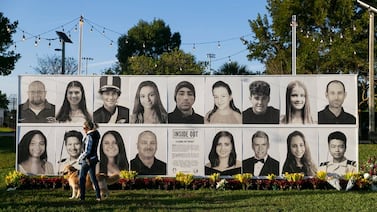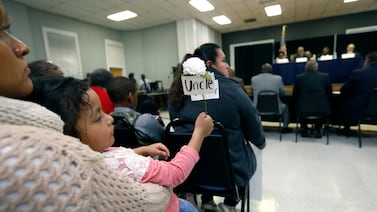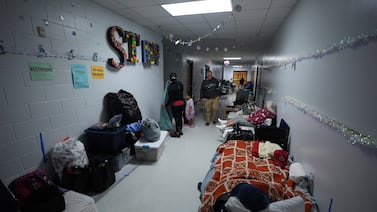Mental Health in Schools
Democratic AGs are challenging the Trump administration’s cuts to $1 billion in federal funding for school mental health services created in response to school shootings.
Less than a decade ago, Keiron Darnley often skipped class. Now he’s a success mentor at Brooklyn’s A-Tech High School.
Under the policy, school districts across the state will have until this summer to craft their implementation plans and must begin enforcing them at the start of next school year.
Colorado, Oklahoma, and Wisconsin are among the state education agencies that lost federal funding to hire and train more school-based mental health staff. Now schools may have to lay off social workers, while colleges may shut down training programs.
Among the commission’s recommendations is asking Michigan officials to increase and expand access to care to support those at risk of suicide.
New York City is aiming to have a ‘family connector’ in each of the city’s 1,600 public schools, helping parents access city resources such as housing and food support.
Newark Public Schools high school students took part in a football-themed youth mental health summit that provided participants with strategies to tackle mental health challenges for themselves and their peers.
Advocates have fought to make funding for the mental health program permanent. But Adams once again left it out of his preliminary budget.
‘Responsibilities that should be on adults are on teenage kids,’ said the principal of the school.
The conservative group’s new training program seeks to drive activism against social and emotional learning in schools.
A task force convened by the American Psychological Association found little evidence that zero tolerance policies have improved school climate or school safety and said they may create negative mental health outcomes for students.
Though the city’s Education Department seemed poised to implement a systemwide ban last summer, Mayor Eric Adams pumped the brakes on that plan, spurred in part by concerns over the costs of implementation.
A nascent but growing body of research shows that a large proportion of adolescents and young adults, in the United States and abroad, feel anxious and worried about the impact of an unstable climate in their lives today and in the future.
Council members discussed a legislative package on Monday that would create a pilot program to bring mental health professionals into middle and high school wellness clubs.
A 2024 survey of Indiana counselors found they don’t have enough time to help students.
If Trump wins a second term and enacts his immigration policies, what happened during past workplace immigration raids could become more common, affecting students and their schools.
My Gen Z clients are digital natives who communicate effortlessly over text.
Si Trump gana un segundo mandato y pone en marcha sus políticas migratorias, lo que ocurrió durante las redadas laborales en el pasado podría volverse más común y afectar a los niños y sus escuelas.
“It’s a sign that things are moving in the right direction,” said outgoing state Sen. Rachel Zenzinger.
After Hurricanes Helene and Milton, many schools will face a lot of work to repair the interconnected physical, emotional, and academic harm, educators say.

